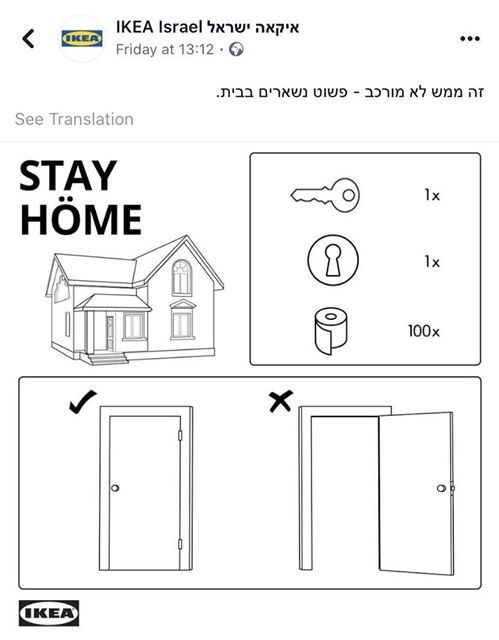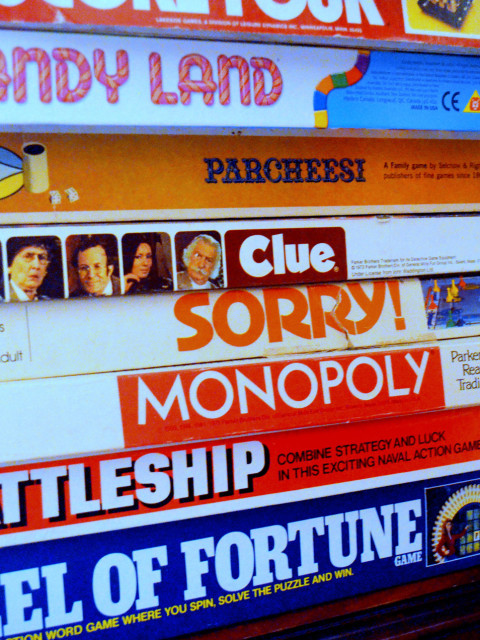Companies are currently trying to find the right balance: how to continue advertising so they stay in customers’ minds, but do so in a way that won’t annoy them. People are getting tired of “What XYZ Company is going about COVID-19” messages.
- On a related note, I’m conducting brainstorming groups with fellow marketers via webcam to discuss the best ways to respond to the crisis, both for current marketing efforts as well as over the next 6-12 months. Please contact me at info at bureauwest.com if you’d like to participate.
How are marketers striking the right tone with consumers right now?
- First, they’re making sure to avoid content that could upset people by reminding them of activities they can’t do now. Many are dropping or editing ads that included references to parties, travel or other group activities.
- Research is finding that people don’t want advertisers to ignore the pandemic; they actually respond more positively to ads that mention COVID-19. Some companies are replacing their regular advertising with ads that tell consumers about their activities to fight the virus, or ads that thank those who are doing so (e.g., Google thanking healthcare workers, Walmart’s CEO calling the company’s employees “heroes”).
- Some companies are using their advertising to encourage behaviors that will help fight the pandemic. IKEA Israel had some fun with that idea by tweeting the image below.
- Others are considering what people need while they’re stuck at home. Burger King France provided instructions for making their Whopper sandwich in your own kitchen. And don’t forget people’s most obvious needs: they want to know if businesses are open, if they deliver, and what they’re doing to protect their employees and customers in the process.

I’ll be sharing the outcome of my marketer brainstorming sessions in the near future. In the meantime, let me know if I can help you uncover the best way to talk to your customers and prospects. Call me at 760-469-9266 or email info at bureauwest.com.
Sources: “The coronavirus mass shuffle in advertising: Dropped TV spots and emotional campaigns,” Los Angeles Times, 4/8/20; “18 Tips on Advertising During the Coronavirus Crisis,” Adweek, 4/6/20; “‘Acts not ads’: How firms should market themselves during the coronavirus crisis,” CNBC.com, 3/27/20; Bureau West research

